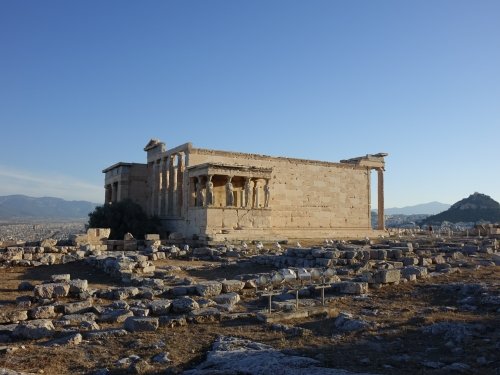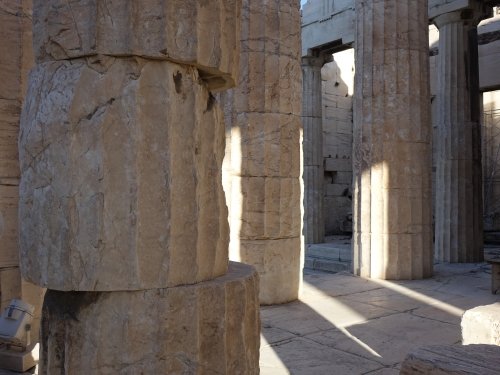First published: Wed 17 Oct 2018.
Els Slots
Athens Acropolis revisited
Comments
2 comments
Els Slots
7 years ago (Oct 17, 2018)
If I remember well, there are large signs from the entrance gates on that photography is forbidden. But that may be geared only towards the first slope upwards, which is the Gallery of the Slopes - which per the website is excluded from the permission to photograph at all. Also, I saw a tourist being reprimanded taking a photo with his cell phone of one of the smaller objects in the glass boxes there (which hold similar objects as in the National Archaeological Museum, where photography is allowed).
So who knows, maybe photography is allowed at the large reconstructed Parthenon frieze at the top floor.
By the way, the official website also states: "Publication of photographs in print and electronic media is not allowed....)"
Reply
Solivagant
7 years ago (Oct 17, 2018)
"The New Acropolis Museum ............. There is a strict ‘No photography’ policy here"
We visited in Oct 2015 and faced the same apparent "rule". In fact it was being so widely ignored that we ignored it too (albeit not too "openly"!).
However I note that the Acropolis Museum Web site states the policy as being -
"Photography: Photography without flash is permitted in all museum exhibition areas, excluding the Gallery of the Slopes and the Archaic Gallery" See - https://whyathens.com/the-acropolis-museum/
Who knows, perhaps it depends on how they feel on the day?



